The Roots of the Iraqi Civil War
This excellent article from the Boston Review opens with a brutal killing and goes on to stitch together the disparate threads of the sectarian violence now wracking the country.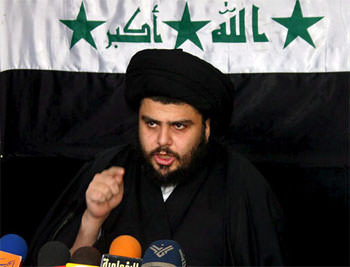
This excellent article from the Boston Review opens with a brutal killing and goes on to stitch together the disparate threads of the sectarian violence now wracking the country.
(See the bottom of this page for information on the author.)
The Boston Review:
The Americans came for Sabah one Friday night in September. His house in Radwaniya, on the western outskirts of Baghdad, stood in a dry, yellow field surrounded by brick walls. Three cars were parked in front the day I came to visit, two weeks after Americans had shot him. It was the month of Ramadan, and our mouths were as dry as his yard. The resistance was active in Radwaniya, and we drove through fields and dry canals to avoid any checkpoints that might reveal to locals that I was a foreigner. Journalists were targets now too.
The Americans had come maybe 20 times before to search for weapons in the house were Sabah lived with his brothers Walid and Hussein, their wives, and their six children. They knew where to look for the single Kalashnikov rifle the family was permitted to own. They had always been polite. “This day they didn’t act normal,” Hussein told me. “They were running from all sides of the house. They kicked open the doors. They didn’t wait for us.” With Iraqi National Guardsmen standing outside, the Americans hit the brothers with their rifle butts. Five soldiers were on each man. Sabah’s nose was broken; Walid lay on the floor with a rifle barrel in his mouth. The Shia translator told them to kill Walid, but they ripped the gun out of his mouth instead, tearing his cheek. The rest of the family was ordered out. The translator asked the brothers where “the others” were and cursed them, threatening to rape their sisters.
As the terrified family waited outside on the road, they heard three shots and what sounded to them like a scuffle inside. The Iraqi National Guardsmen tried to enter the house, but the translator cursed them, too, and shouted, “Who told you to come in?” Thirty minutes later Walid was dragged into the street. The translator emerged with a picture of Sabah and asked for Sabah’s wife. “Your husband was killed by the Americans, and he deserved to die,” he told her. He tore the picture before her face. Several soldiers came out of the house laughing.
Inside, the family found Sabah dead. Blood marked his shirt where three bullets had entered his chest; two came out his back and lodged in the wall behind him. American-made bullet casings were on the floor. The house had been ransacked. Sofas and beds were overturned and torn apart; tables, closets, vases with plastic flowers were broken. Sabah’s pictures had been torn up and his identification card confiscated. Elsewhere in the house one picture remained untouched — Sabah with his three brothers and their father, smiling in happier times. When Sabah was buried the next day his body was not washed — martyrs are buried as they died.
About the author:
Born in New York City in 1977, Nir Rosen is a freelance writer, photographer and filmmaker who has worked in Iraq, Afghanistan, Pakistan, Somalia and other popular tourist destinations. He is a fellow at the New America Foundation. His book on Iraq, “In the Belly of the Green Bird: The Triumph of the Martyrs in Iraq,” will be published by Simon and Schuster early in 2006.
Rosen speaks Arabic, and his articles have recently been published in the N.Y. Times Sunday Magazine, The Atlantic Monthly, and Mother Jones.
He can be reached at [email protected].
Your support matters…Independent journalism is under threat and overshadowed by heavily funded mainstream media.
You can help level the playing field. Become a member.
Your tax-deductible contribution keeps us digging beneath the headlines to give you thought-provoking, investigative reporting and analysis that unearths what's really happening- without compromise.
Give today to support our courageous, independent journalists.
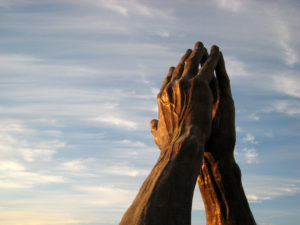
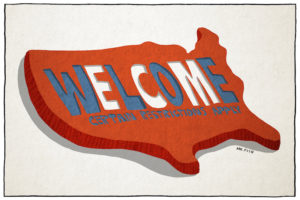
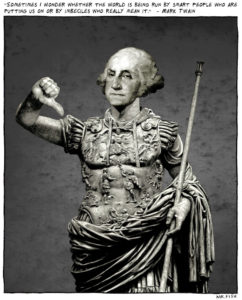
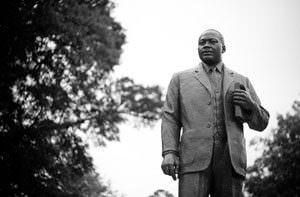
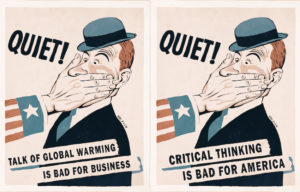
You need to be a supporter to comment.
There are currently no responses to this article.
Be the first to respond.